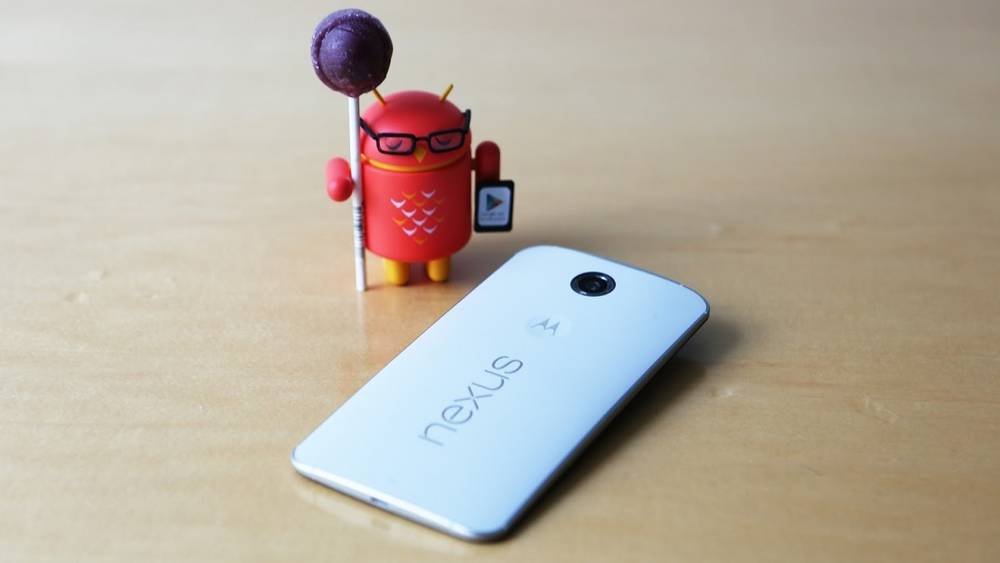Everyone these days has a smart phone. Therefore, it should shock no one that mobile marketing is a huge part of any modern marketing strategy. According to Mobile Statistics, the average person spends 90 minutes a day looking at their phone, which adds up to 23 days a year and 3.9 years of the average lifespan. For a brand to successfully maximize their marketing budget, a significant amount of that money must be focused on the mobile audience.
This is especially true for the ecommerce sector, where the user experience needs to be as seamless as possible in order to retain customers. Without a well-thought out strategy for mobile marketing, you are going to struggle to properly engage your audience.
With that said, the following are a few of the best mobile marketing strategies for ecommerce brands.
Create a Great Website
A website that is properly optimized for mobile is the most important tool in your marketing belt, as it connects you with your users directly. In a world that is run on mobile devices, a fledgling brand cannot hope to compete with a website that isn’t optimized for smartphones, tablets or other personal devices. As an ecommerce brand, you are going to need to make sure that your website is prepared for all devices before beginning to drive traffic to your business.
If you are still learning how to build an ecommerce website, companies like Shopify come with prepackaged options that are already automated for mobile.
Social Media

While social media is an important factor in all digital marketing campaigns, it becomes especially essential when dealing with mobile marketing. The majority of social media users are mostly active on their smartphones and tablets. Some social platforms like Snapchat and Instagram are exclusively mobile — so, if you are trying to extend into these markets to reach a wider audience, you must have a mobile presence.
However, social media is not a “one size fits all” solution for all marketing campaigns. For example, what works on Twitter won’t translate to your Instagram audience. It is important to utilize a multi-faceted social campaign that understands each channel and their respective audiences.
Optimize for “Micro-Moments”
Every day, billions of people turn to Google and other search engines for quick assistance or information. Most people don’t want to have to sit down and research a topic at great length, they just want a simple answer to a simple question.
Google has coined the term “micro-moments” to describe these actions. They are the I-want-to-know, I-want-to-do and I-want-to-buy searches on your smart phone and they are packed with “intent, context, and immediacy”. In order to optimize for these moments, a business owner will need to anticipate ahead of time what their customers are likely to need, what they think they will search for to find what they need and to create content that satisfies that need.
For example, Red Roof Inn recently discovered that flight cancellations were leaving thousands of passengers stranded a day. Their marketing team developed a method for tracking flight delays and cancellations as they occurred and deployed targeted search ads for Red Roof Inns near airports that essentially said, “Stranded at the airport? Stay with us!” By committing to those ‘I-need-a-hotel-right-now’ moments, Red Roof Inn was able to increase their conversion rate by 375 percent.
Mobile marketing allows you to reach potential and returning customers at any time in any location. By being available and ready for these micro-moments, providing a seamless mobile experience and a healthy community around social media, you are going to maximize your potential for success!




